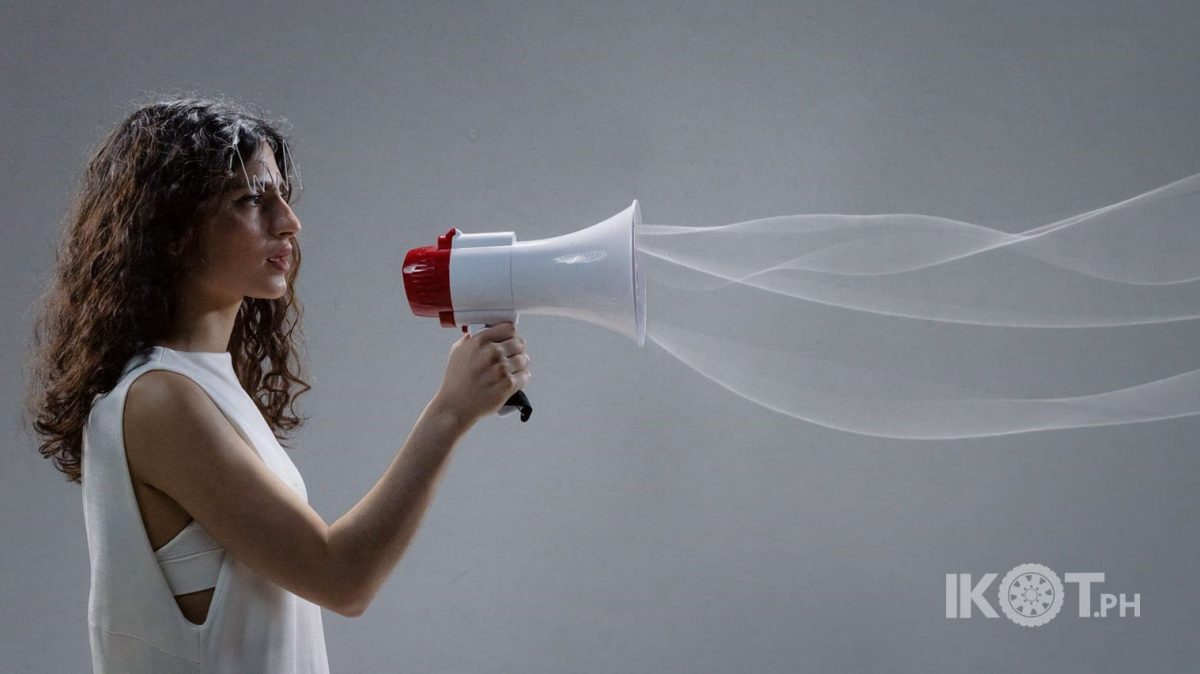Just like how we might hear different things even while we listen to the same track, or see different colors even when we’re looking at the same dress (yes, the blue and black or white and gold dress debate!), we all experience senses differently. Sometimes, our difference in perception is little, but with some individuals, their senses are on a different level.
What is Synesthesia?
Synesthesia is the perceptual phenomenon where one can experience a sense through another. Simply put, a stimulation of one sense (sound, sight, taste, touch, smell) triggers a response from another sense. People who have this experience are called synesthetes and they make up about 2% to 4% of the population.
It is called a perceptual phenomenon because it usually just exists within the perception. For example, a synesthete who can see colors when hearing certain sounds rarely really see the colors manifest in the “real world” and is more commonly just present in their mind.
What are the types of synesthesia?
The most common is usually seeing color associated with letters, numbers, or sounds. Other responses can also include experiencing scent when hearing certain sounds or songs, or tasting certain foods and seeing patterns and color. Another variation of this is ‘mirror touch’ which is when an individual feels a physical sensation similar to what they see when seeing someone else being touched.
Is it a disorder?
Synesthesia is not a disorder. People who experience synesthesia are usually born with it and it can develop and be more fixed as they grow. Being a synesthete is not an anomaly. It is a trait and how your brain processes information. Because of this, they can remember things more easily and do better in most intelligence tests. Since it’s not commonly discussed, the experience can be isolating once a child expresses the experience and it is shrugged off as imagination or disregarded as fake, even more so if the individual finds out that it isn’t a common experience in their teens or adolescence. But we can resolve this alienation through dialogues about these experiences early on.


